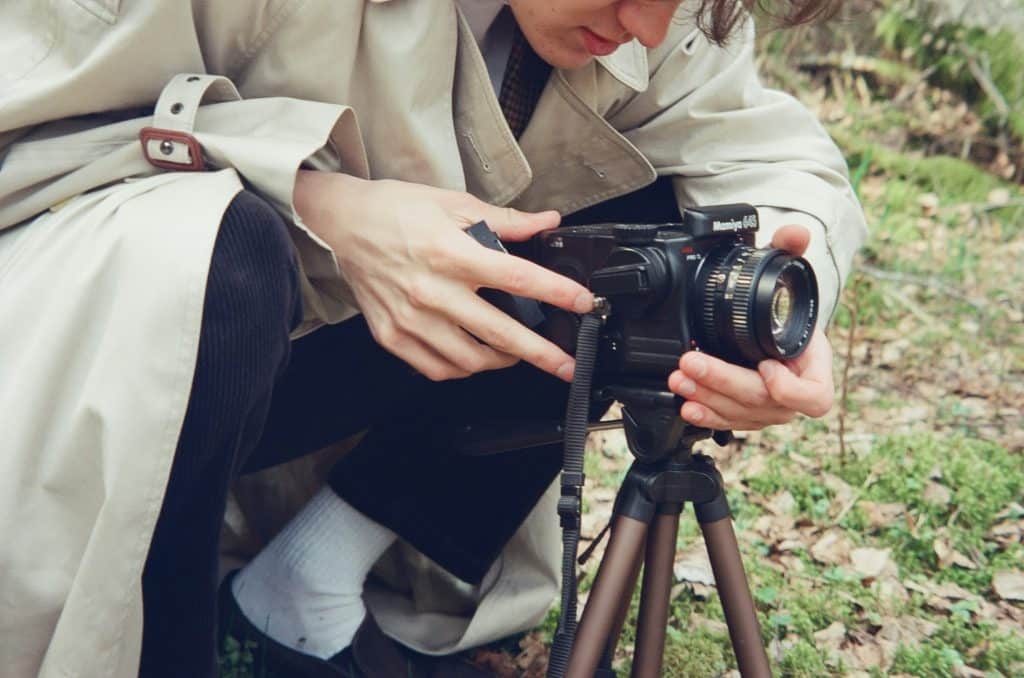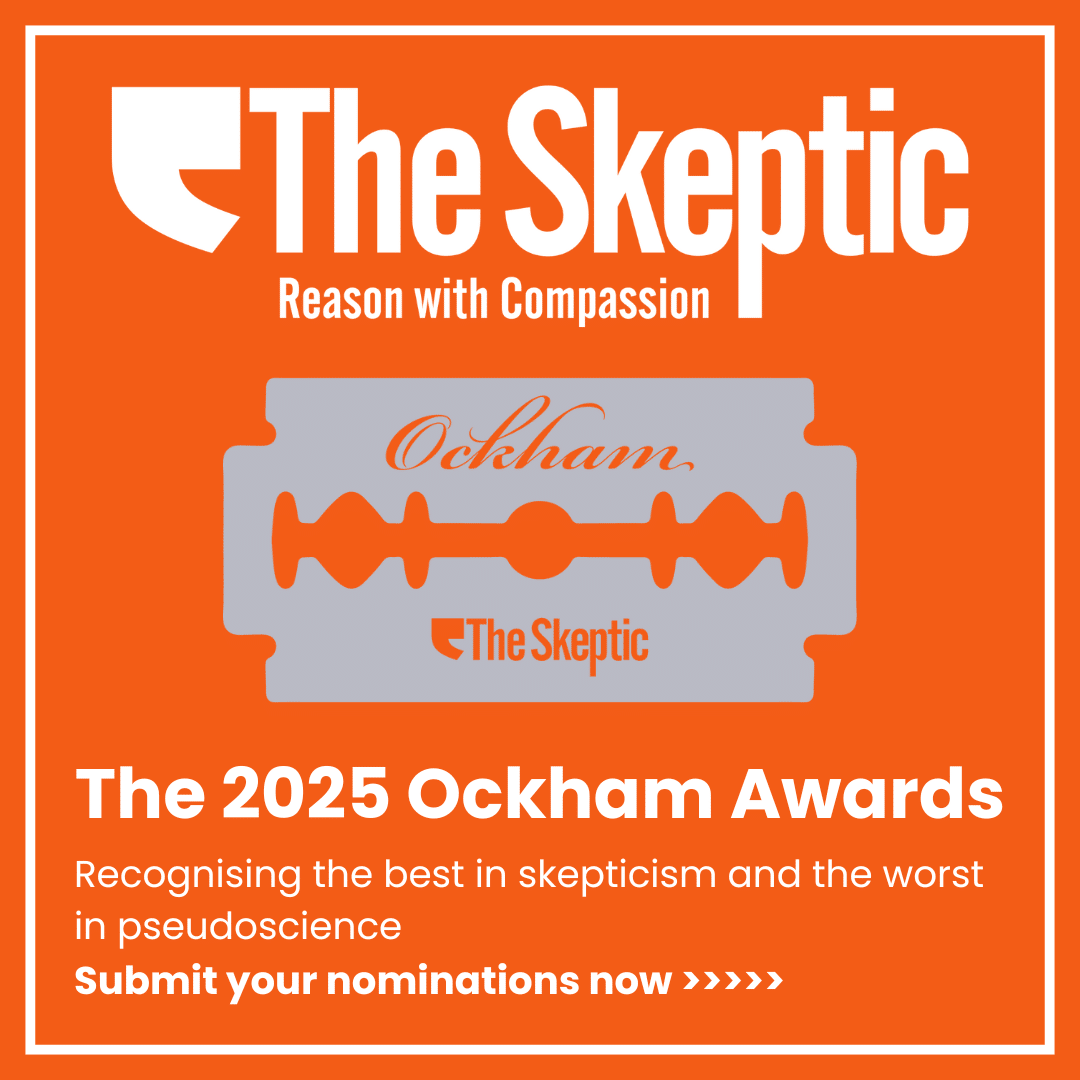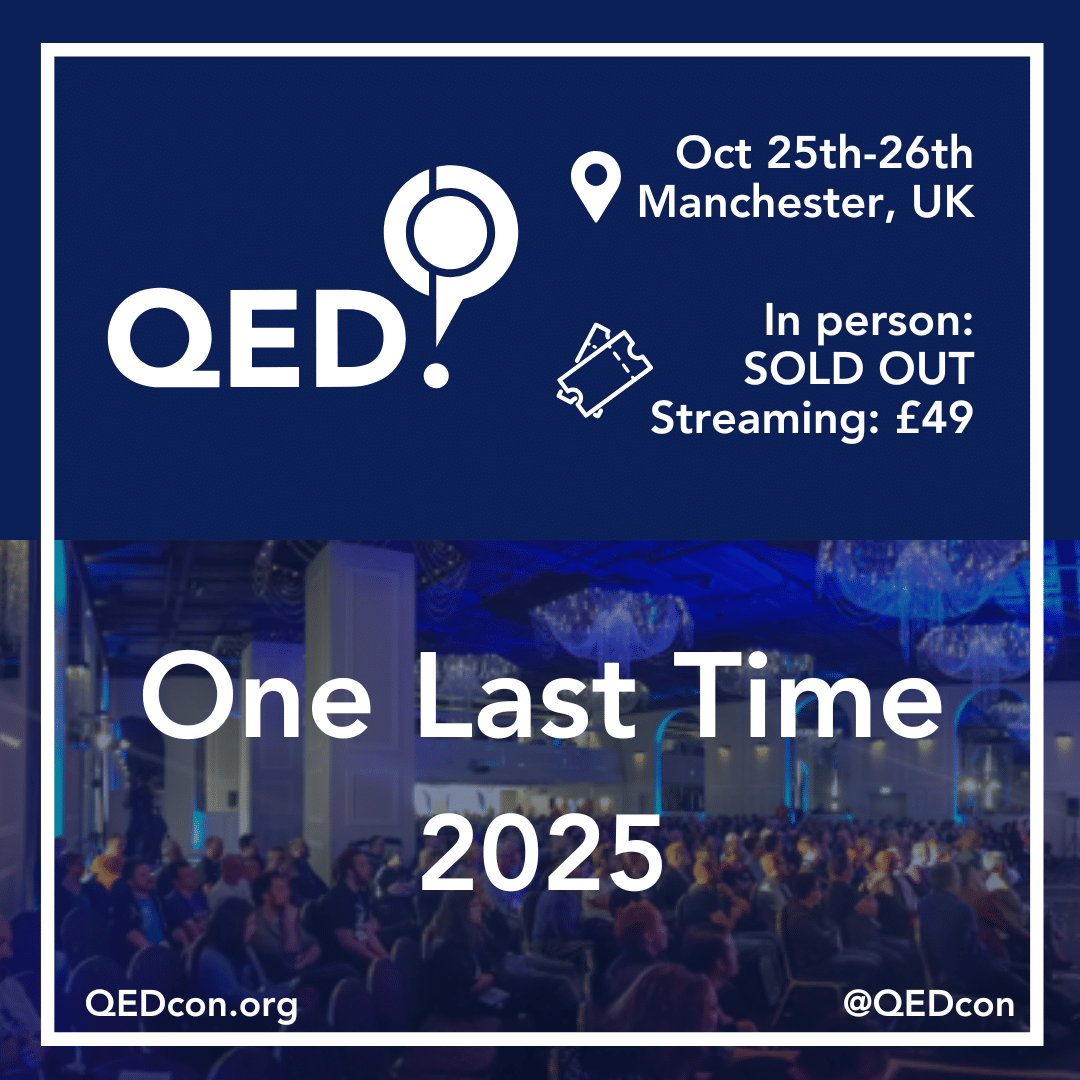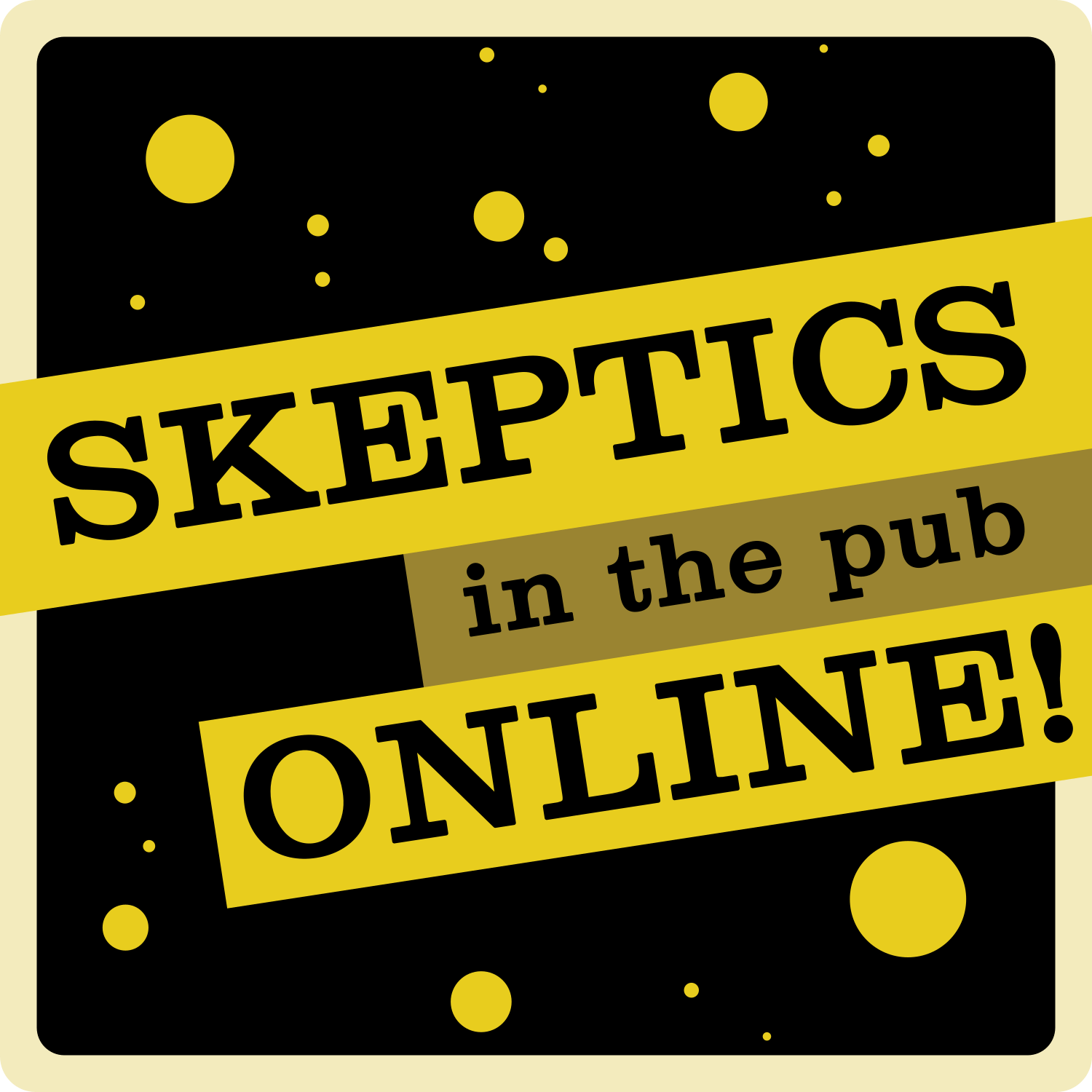People tend to have misconceptions about what is involved in being a journalist. We have this notion that journalists are the tenacious tellers of truths, speaking truth to power. Lois Lane. Their job is to take to their newspapers and tell people what all the bad guys have been doing, and how they know.
That’s the impression we typically get from the fiction we consume – journalism is about individuals, the personalities who dig deep, right wrongs, then tell you all about it. But it’s not really how journalism works. It’s not even how it works when it’s working the way it should, because journalism isn’t really meant to be about the voice and personality of the journalist, it’s meant to be about the unvarnished truth.
If anything, when you know too much about the personality of the journalist, that can start to put varnish on that truth. Well, Lois Lane would say that Lex Luthor’s businesses are dodgy, she’s sleeping with Superman, the guy who has taken a completely irrational dislike to poor Mr Luthor. Not content with blasting Lex with his laser eyes, now Superman has set his attack dog on him in the press.
The fact that Lex Luthor is guilty, and his businesses are objectively dodgy, can’t rest on Lois Lane’s say-so, it has to be painstakingly presented with the evidence. Here are the blueprints for a series of orbital satellites, designed and manufactured by corporations owned by Mr Luthor. Here is the transcript of an intercepted phone call, in which Mr Luthor outlines his plans to use said satellites to control the world. Here is the receipt for one Kryptonite Warsuit, signed by L Luthor. If Lois Lane has all of that evidence, there’s never a point where she has to say “Lex Luthor is a bad guy who should be in prison”, because the evidence speaks for itself.

In fact, if Lois Lane wants those articles outlining the guilt of Lex Luthor to be taken as seriously as possible, she needs to make sure she doesn’t then use them to advocate for a particular punishment. Leave the calls for his imprisonment to the opinion pages and the editor’s column; this is journalism, not advocacy.
That’s the lofty ideal of objective journalism, to lay out what is true and expose what is unknown in a way that isn’t personal and doesn’t call for specific action. News articles shouldn’t ever include the journalist telling you what they think, and they should never use “I” as a pronoun. As far as you’re concerned as a reader, it should be hard to tell there even is a journalist there at all – the words should feel like they’ve occurred spontaneously.
That’s not the case with feature pieces, of course, which might include some first-person perspective. Magazine pieces also have more leeway – with The Skeptic, for example, the standard is for an objective presentation unless there’s cause to deviate from that. Ideally, articles should be from this hypothetical (though in practice unreachable) external viewpoint, above it all and outside of it all.
Tell me but without telling me
That’s obviously not to say that journalists don’t have specific perspective, and it’s not to say they can’t indicate what kind of opinion the reader should take from what they’re presenting, or what action should be taken as a result. It’s just not really for the reporter to express that – and that’s where the expert voice comes in.
In almost any news story longer than a couple of paragraphs, you’ll typically find a quote from someone. It is the basis of the Fourth Paragraph Law of Bad PR – if there is a quote around the fourth paragraph of a news story, and that person has a commercial interest, there’s a good chance they’re from the company who provided the story.
That’s not always a bad thing; I’ve been that spokesperson, many times. When there is a story in the Times about some dodgy cancer product for sale on Amazon and you see a quote from me in there, it’s often because I’m the one who found that product for sale on Amazon and flagged it to the Times. When there were articles about how much money the NHS was spending on homeopathy, you’d see a quote from me in there as the person who figured that out and told the newspapers about it.
Then there are the cases where I wasn’t the person responsible for the story – maybe someone at the Telegraph actually did check eBay and find Miracle Mineral Supplement for sale. That’s obviously bad, and eBay should stop doing that. eBay should even update their policies and police their site better, so people can’t upload and sell dangerous fake cures like that. The people selling it should be investigated and perhaps even charged under laws designed to protect people from dangerous substances. But, there is that journalistic ideal where, as the uncoverer of truth, a journalist can’t then call for action to be taken by authorities and for eBay to change their processes. So how do you reflect those aims and opinions in your article?
First, you might put those points to eBay as questions to respond to:
‘Dear Mr eBay, do you think your customers should be sold industrial bleach under the guise of a supplement, and if not, what do you intend to do about it?’
‘Dear Ms eBay, do these listings reflect the standards of your site, and what your customers should come to expect?’
Get the right response to those questions, and you can publish them as a direct quote, with your question hidden, for example: “Emma Zon, the spokesperson for Amazon, said, ‘These listings do not reflect the standards of Amazon, and will be removed immediately. Customers should be sure to check that what they’re buying isn’t potentially dangerous.’” Hey presto, your call to action is in the story, without you as a journalist having to say it yourself.
The problem with that approach is that spokespeople are often smart, and they’ll rarely give you the quote that you want. They’ll say something that best suits the needs of their company and that can mean not answering at all, or it could mean giving a self-serving answer that deflects criticism. That’s where external stakeholders are handy. Someone’s selling something that claims to cure autism? ‘Bob Citation of the British Autism Society warned customers not to fall for fake cures, and called on eBay to do better for their customers.’ A cancer claim being made for something completely ineffective and dangerous? ‘Caroline Spokeperson from British Cancer Researchers said the police need to crack down on those who prey on the sick and the vulnerable.’
While the journalist never actually said for themselves what they think of those products or what they think should happen, it’s very clear – they’ve sought out quotes from organisations whose positions are self-evident, and they’ve provided lines that align with what the journalist wanted, coincidentally enough. There’s nothing nefarious here, it’s just good story building – you go to the stakeholder likely to give you the perspective your readers will want to hear. Then, when you speak to them, you might ask them prompt questions to direct them towards particular bits of the story to react to. “And what do you think eBay should do about it? … And what action do you think could be taken to stop this?”. That’s how I end up fielding calls on stories I didn’t originate.
That’s all well and good, of course; that’s the best side of things. But it’s not the only way that these kinds of interested party quotes end up in the newspapers. Some are added for balance or perspective.

Take, for example, a story about someone who has decided to treat her breast cancer with herbal remedies and Gerson therapy. One such article appeared in the Mirror in 2015. In that article, obviously there was going to be lots of quotations from the patient herself – she’s sharing her story, telling her truth. But in order to run a story like that, you have to provide some degree of cover.
So, you interview a cancer expert who tells you that this is a bad idea. You run a 2,000 word article praising Kelly for taking control of her health, but as long as the last 80 words are from a cancer charity telling people not to try this, you as a journalist for a national newspaper can feel great, because you showed both sides of things. It doesn’t matter that the readers won’t read right to the end, and even if they do they’ll ignore 5% of the article because it disagrees with the other 95%.
Those are the bad ways to use quotes in newspapers, as a way figleafing over the fact that you as a journalist are telling a sensationalist and irresponsible story, but it’s OK because you included views from an expert.
Then there’s the other type of expert quote – the one who has nothing to do with the story, but has been drafted in to give the story gravitas and credibility it would otherwise lack. These are the kinds of stories I used to cover quite a lot in the Bad PR field. You’d get a psychologist like Geoffrey Beattie, who would crop up in PR stories like the one saying that scientists had discovered the formula for the perfect handshake… and it was an advert for Chevrolet (whose used-car sales team were so friendly, they’d even studied how to put you at ease with a handshake).
Maybe it’s Bad PR
Back in 2015, I gave talks about this model of expertise in the media, and how it commercialised and commodified science at the hands of the PR industry. I concluded that commercial pressures on the journalism industry have weakened the ability to accurately report science reliably, and reliance on the PR industry cannot fill the gaps. But when scientists lend their voice to PR stories, they cheapen their reputation and the reputation of science, because the public cannot be expected to distinguish real science from PR stories disguised as science.
That was a decade ago. Things have not improved since – budgets have tightened and journalism has felt even more of a squeeze, from multiple directions. It’s far harder to turn to your address book to find that expert voice that you want. But almost all stories require a quote to round them out and, if you’re writing half a dozen stories per day, you’re going to be up against it. You might not even have the time to pick up the phone and call a team that specialises in finding relevant experts. You probably don’t even have time to go onto social media and put out a #JournoRequest.
So, where do you turn? Well, you might turn to a service like Response Source.
Response Source is a service that connects journalists to PR companies. PR companies sign up and pay to be part of the platform, while journalists sign up for free. Journalists can put out an enquiry for a quotation, spokesperson, expert, background information or product review, and they can explain what they need and how soon. That enquiry will then be sent out to any PR company who signed up for those chosen categories, who can then see if they have an expert that can fit the bill. If they do, they can get in touch via Response Source – the journalist gets their expert and the PR company gets their expert placed in the press, carrying whatever brand name they’re promoting along the way.
It’s not, on the face of it, a terrible system. But, as with everything in 2025, it is one that is hugely open to abuse and in ways we’re not quite ready to cope with.
Are they Superman?
This was made very clear in an investigation from Rob Waugh at the Press Gazette recently, who looked into some of the current prolific expert commentators in news articles. Waugh cites the consumer features editor of The Sun, Laura Purkess, whose requests on Response Source for expert comments reliably get responses from a particular PR agency, who provide three or more written comments on almost any subject, within an hour of the request going out.
Which is exceptionally fast, given that it supposes that a PR company has received and read the email, contacted their list of experts, found three willing to comment, had those three write and check their comments, sign them off, collate them, and send them back to the journalist. And it’s somewhat suspicious, given that the PR representative who responds doesn’t have a surname or an agency name.
Press Gazette feature the case of one expert called Rebecca Leigh. She put herself forward after a journalist put out a call for insight on the environmental impact of avocados, and offered an in-depth comment on the carbon footprint of the fruit. In the past, she has provided comments to journalists on employee benefits, budgeting, business degrees and music streaming. She has been quoted in Fortune talking about “loud budgeting” and by Business.com talking about the best countries in which to obtain a business education. She has written for DrBicuspid.com about how to write a business plan for your dental practice.
Rebecca’s profile on a site called Academized said she was a science educator with 12 years of experience and a biochemist with a background in molecular biology and biotechnology. It has her picture on there; the same picture also appears on a website called Leaddev… where she is called Sara Sparrow.
According to Academized, there’s nothing sinister about this – they use fake names and fake images for real writers to preserve their anonymity. But it obviously invites the question, if the name and the photo are fake… is the expertise real? Does whoever Rebecca or Sara really is actually have that expertise in biotechnology and molecular biology? And, if so, why is she spending her time writing about dental practices and business education?
Press Gazette covers an even more high-profile case, of the therapist and psychologist Barbara Santini. Barbara has an MSci in Psychology, Philosophy and Linguistics from the University of Oxford, and has offered comments and interviews on everything from friendship in old age to astral projection to being ‘ghosted’ by friends. Her comments have appeared in national and international publications including Vogue, Metro, Cosmopolitan, The i Paper, the Express, Hello, Shape, Women’s Health, Yahoo, Good Housekeeping, the Telegraph, the Daily Star, the Daily Mail and the Sun. Press Gazette explains that, in terms of media mentions, Santini is likely one of the most prominent psychologists in the UK.
Yet she doesn’t have her own website, social media, or LinkedIn. If you google her, you’ll find she has an about.me page, where she’s described as:
a freelance writer and a sex and relationships adviser at several companies. Barbara is involved in various educational initiatives aimed at making sex advice more accessible to everyone and breaking stigmas around sex across various cultural communities. In her spare time, Barbara enjoys trawling through vintage markets in Brick Lane, exploring new places, painting and reading.
That site does have a link that reads “Visit my Website”, but when you click it, you go to her profile on Peaches and Screams, a sex toy website she apparently works with. There, she is:
a fabulously quirky freelance writer and sex and relationships adviser at Peaches and Screams, where she’s on a mission to make sex advice as accessible as a good cup of tea and to shatter taboos across all cultural corners. When she’s not busy revolutionizing the way we talk about sex, Barbara’s diving into her delightfully eccentric hobbies. She floats her way through yoga classes (yes, on water!), hunts down the most fabulous vintage fashion finds, and loves cracking the codes in escape rooms. Right now, she’s having a blast transforming her newly acquired grand Victorian house into a whimsical wonderland, obsessively scouring Facebook Marketplace for the perfect reclaimed tiles, doors, and fireplaces to add that touch of vintage charm.
When Press Gazette tried to speak to Santini, they were told that she couldn’t talk over the phone, but she was willing to message via WhatsApp, where she refused to answer any questions about her credentials… but she did threaten to sue Press Gazette if they ran a story questioning whether she was real or not, saying
I am an accredited consultant for Peaches and Screams and my credentials and professional affiliations are a matter of record. Should you proceed with this article, my solicitors will initiate immediate legal action for defamation, including claims for damages arising from reputational harm. Further, your conduct may constitute harassment under the Protection from Harassment Act 1997, and any misuse of personal data to advance false claims will be treated as a breach of GDPR. Cease all communication with me directly. Any further correspondence must be directed to my solicitors, who should be contacting you sooner.
Press Gazette printed the story and, as yet, have heard nothing from any lawyers. Since the story went out, Santini’s name has been removed from articles in the Guardian, Mirror, Sun, and BBC, but she remains quoted in many, many more.
Santini might just be the most prominent example of a quoted expert of questionable existence, but she’s by no means alone. And the machine is being fed from both sides – PR companies use these request services to match their product up with an expert where they don’t have an existing relationship. George Driscoll, PR manager for the fintech app Remitly said he wanted an expert who would provide comments on food trends, and received an offer from a pastry chef who had a recipe blog. When he tried to verify who they were, there was no social media – despite them apparently being a prominent online food chef. They had a phone number, which, when added to WhatsApp, showed the photo of the man who ran SEO for the recipe website.
Let’s investigate
As an editor and quasi-journalist, I was intrigued by how this world worked. So, I inevitably joined Response Source and made a request of my own.
I explained, I am an online editor looking for an expert to talk about digital manipulation, how digital tools facilitate the spread of misinformation online, and how readers can be manipulated by falsehoods. I prompted for comments on how has the landscape changed over the last five years, and what do readers need to look out for when it comes to spotting fakery online.
I submitted that request at 4.40pm, and at 4.51pm I got a response, from someone simply called Star, at a company called fatjoe, who had already reached out to “tech expert” Joe Davies, who provided:
Have you ever clicked ‘share’ on a shocking headline, only to discover it was completely fabricated?
Digital misinformation has evolved from crude hoaxes to algorithm amplified deepfakes, making critical literacy your first and best defense against falsehoods online… While platforms have rolled out fact check labels and takedown policies, enforcement remains inconsistent, and sophisticated forgeries still slip through automated filters… Misinformation today is engineered for virality, not for truth. By sharpening your digital skepticism and adopting simple verification steps, you can inoculate yourself and your network against the next wave of online fakery.
In just 11 minutes, Star had apparently seen my request, sent it to Joe, caught him at the right time for him to see it, and he’d written a response of 186 words that he was happy with, sent it back to Star, who sent it back to me. It’s an impressively quick turnaround.
Joe is real enough, I found him on YouTube doing an interview for a podcast called SEO For Hire. He runs fatjoe, a “content marketing and SEO agency that stays at the forefront of digital trends”. Joe had also tweeted, six hours before my request: “Google is a librarian, AI is a journalist” and spent all day talking about how LLMs are important for AI SEO. It certainly seems like Joe ‘wrote’ that 186 word quote within 11 minutes of my request via AI.
12 minutes later, 23 minutes after my request, I had another response, this time from someone called Jen, of Liberty PR and Marketing, offering me “a few examples of the kinds of advice” Naomi Owusu, the CEO of Tickaroo, could tell me about. Her advice included:
Ask who gains from a story and be skeptical – this can help you confirm the validity of your sources. For example, if a story on the incredible effects of rhubarb references a study that the Rhubarb Farmer Association of America commissioned, the findings in that study may need to be examined more thoroughly. Did another independent study also find these findings? Has the study been peer-reviewed?
Those are the kinds of thoughts that might hypothetically have been given to me by Naomi Owusu, the CEO of Tickaroo. 40 minutes later, Jorden of GWI, the consumer insights platform, sent me a list of the top four most-trusted news sources in the UK, which had TV news at 44% and national newspapers at 22%. They offered to put me in touch with one of their data experts, Chris Beer or Matt Smith. I declined.
I’m not saying that Chris Beer, Matt Smith, Naomi Owusu aren’t experts in this area – I’ve honestly no idea, and that’s not really the point. Joe Davies may be an expert in using AI to boost the SEO of companies, but that’s obviously not really the kind of expertise I was looking for. And to be clear, I’m certainly not saying Chris Beer, Matt Smith, or Naomi Owusu don’t exist. I have no information either way, and this story isn’t about checking that.
What is clear is that we’ve got a media ecosystem built around the requirement of quotes and expert voices to carry authenticity and round out a story and we’ve simultaneously built a system that accelerates that whole process, while removing the time and resources and training journalists might need to check whether their expert even exists, let alone whether they are qualified and relevant. Whether this good or bad, or what we do about it – as any good journalist, I leave it to the reader to make up their mind.





